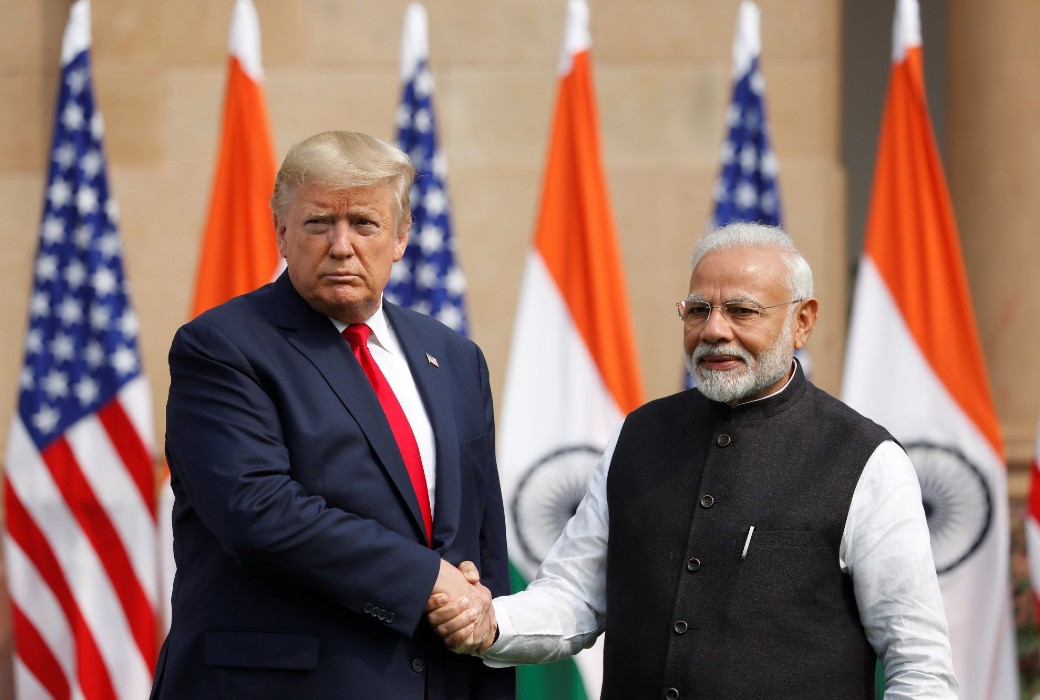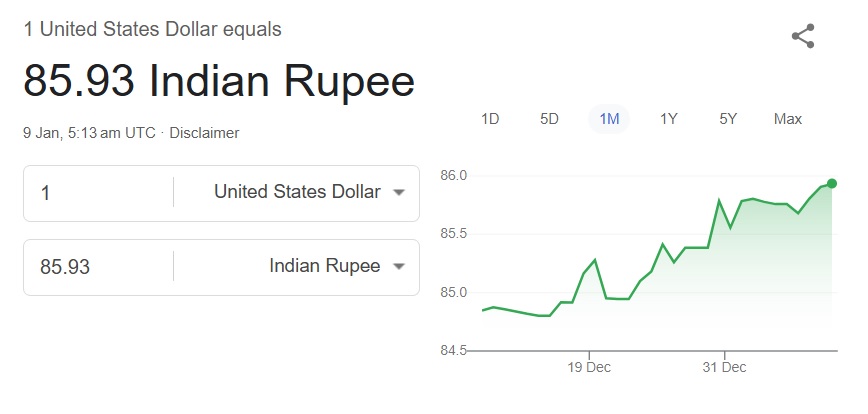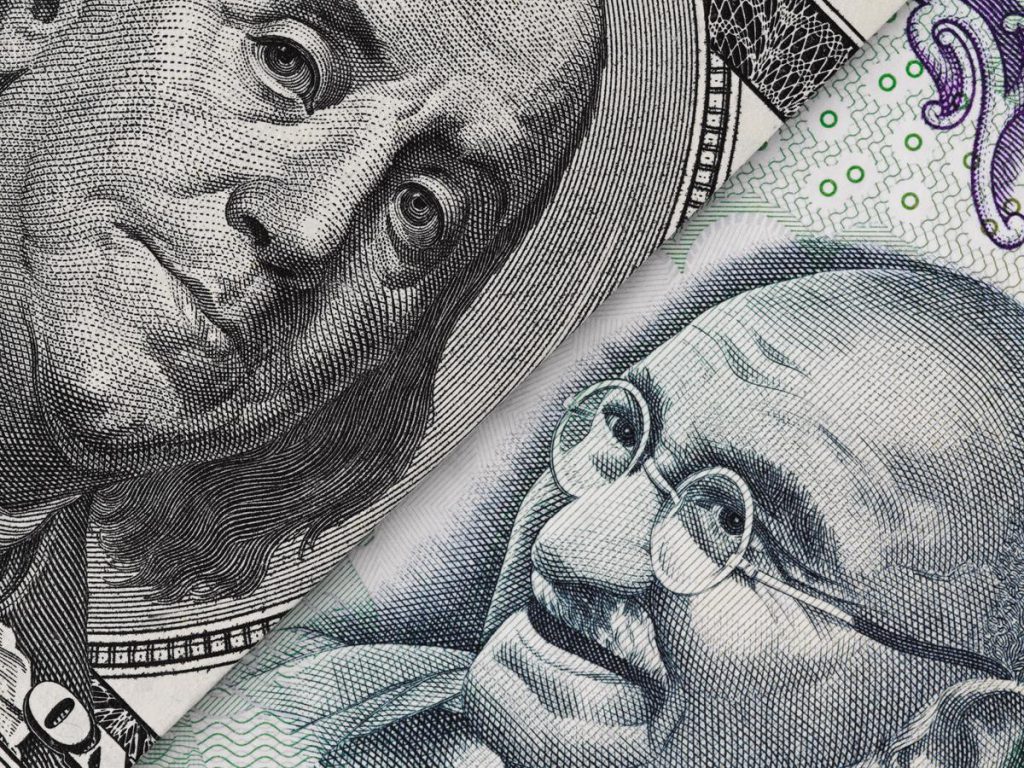Indian Rupee Can Drop to 90-92 Levels Against the US Dollar in 2025

The Indian rupee fell to a new lifetime low of 85.93 against the US dollar on Wednesday’s opening bell. The INR could drop to 86 in the next few days and brew fresh trouble in the imports and exports sector. The cost of trade, goods, and cargo could surge, leading to extensive payment settlements. The burden of extra cost could soon be put on Indian consumers, who will have to shell out more money for daily essentials.
Also Read: Nvidia: Wall Street Predicts How High NVDA Stock Will Rise in 2025

Indian Rupee Could Fall to 90-92 Level Against the US Dollar in 2025

Dhananjay Sinha, co-head of equity and research at Systematix Group, said the Indian rupee could dip to the 90-92 level against the US dollar in 2025 in the next six to 10 months. 2025 could be a litmus test for the rupee’s prospects against a stronger US dollar in the currency markets.
Also Read: Tesla: Why Is TSLA Stock Crashing in 2025? Explained
“Our global models with assumptions of a strong US nominal GDP growth at 4.6 percent in 2025. Higher rates for longer translating into a 10-year US Treasury yield at 4.0 percent versus the current 4.6 percent, and a 2-month Treasury yield less 5-year breakeven inflation at 1.9 percent could imply strengthening USD against both the EM dollar index and INR/USD. Consequently, the EM currency index could depreciate by 5 percent and INR by 7-10 percent,” said Sinha to Money Control.
“Considering all factors, our estimates suggest that INR/USD can depreciate by 7-10% from the recent pegged levels of 84 to 90-92 in the coming 6-10 months,” he explained. Therefore, the Indian rupee could have difficulty maintaining its sanity against the US dollar in 2025.
Also Read: Gold Investors Remain Bullish in 2025 Ahead of Trump Volatility
The Reserve Bank of India (RBI) needs to take conclusive steps to protect the rupee from the US dollar’s onslaught. Failing to take immediate action could only worsen the situation, making the markets slippery. The stock market would be the first to take a hit if the INR weakens, making Sensex and Nifty dip.
Indian Rupee Can Drop to 90-92 Levels Against the US Dollar in 2025

The Indian rupee fell to a new lifetime low of 85.93 against the US dollar on Wednesday’s opening bell. The INR could drop to 86 in the next few days and brew fresh trouble in the imports and exports sector. The cost of trade, goods, and cargo could surge, leading to extensive payment settlements. The burden of extra cost could soon be put on Indian consumers, who will have to shell out more money for daily essentials.
Also Read: Nvidia: Wall Street Predicts How High NVDA Stock Will Rise in 2025

Indian Rupee Could Fall to 90-92 Level Against the US Dollar in 2025

Dhananjay Sinha, co-head of equity and research at Systematix Group, said the Indian rupee could dip to the 90-92 level against the US dollar in 2025 in the next six to 10 months. 2025 could be a litmus test for the rupee’s prospects against a stronger US dollar in the currency markets.
Also Read: Tesla: Why Is TSLA Stock Crashing in 2025? Explained
“Our global models with assumptions of a strong US nominal GDP growth at 4.6 percent in 2025. Higher rates for longer translating into a 10-year US Treasury yield at 4.0 percent versus the current 4.6 percent, and a 2-month Treasury yield less 5-year breakeven inflation at 1.9 percent could imply strengthening USD against both the EM dollar index and INR/USD. Consequently, the EM currency index could depreciate by 5 percent and INR by 7-10 percent,” said Sinha to Money Control.
“Considering all factors, our estimates suggest that INR/USD can depreciate by 7-10% from the recent pegged levels of 84 to 90-92 in the coming 6-10 months,” he explained. Therefore, the Indian rupee could have difficulty maintaining its sanity against the US dollar in 2025.
Also Read: Gold Investors Remain Bullish in 2025 Ahead of Trump Volatility
The Reserve Bank of India (RBI) needs to take conclusive steps to protect the rupee from the US dollar’s onslaught. Failing to take immediate action could only worsen the situation, making the markets slippery. The stock market would be the first to take a hit if the INR weakens, making Sensex and Nifty dip.

